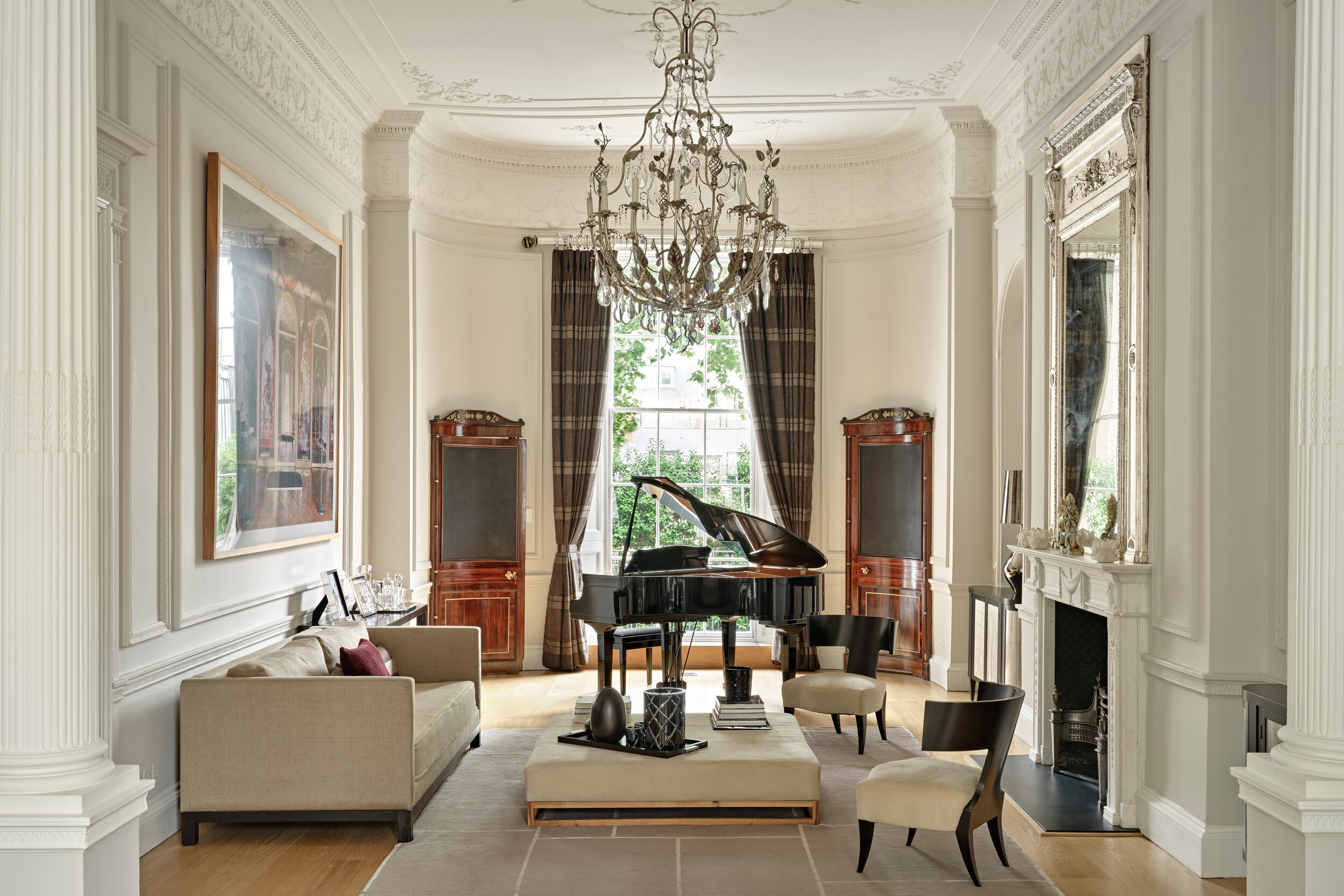How experiential design is changing the hotel industry?
@kaish_photography
The hotel industry is aeons old, and it has evolved over time to survive. As a result, it’s always changing, always modernising. In design, some things stay the same for a reason, and there are some classic features carved in time. However, some changes are necessary and interesting - change can be so good! This article will explore this design avenue of experiential design and how it's changing the hotel industry.
What is Experiential Design?
Experiential design focuses on the person and how they interact with the space and the design around them. This differs from traditional design insofar as previously, the design centred around the physical architecture and aesthetic, whereas in this evolution, the focus is less on the physical result and more on how the person experiences the space.
Practically speaking, this often means telling a story, leading somebody through a trail - metaphorically or literally - or eliciting emotional responses. This is built up through the physical, digital and interactive elements surrounding the visitor, all of which are considered and chosen with intent in the experiential design process, making the most of features from the brand’s products or services.
In this way, the brand is highlighted through the experience, and the visitor remarks on an impactful and memorable experience, making positive brand associations. Done well, experiential design shapes people’s thoughts and feelings about the brand, and influences how and to what extent they interact with it in the future.
Who's leading the way for experiential design in hotels?
Blakes Hotel
Perhaps the most explicit example of experiential design, Blakes Hotel in London is designed upon the concept that you can experience travel and exoticism from the luxurious comfort of SW7. As a result of the international diversity that manifests in the design, a visitor to Blakes’ can expect a wide range of design experiences, exceptionally cultivated to balance without overwhelming.
Ham Yard Hotel
Including a bar restaurant and rooftop terrace lounge, and a spa, gym, bowling alley and cinema, Ham Yard is a stylish mix of modern luxury with chic vintage aesthetic. You can step back to the 1950s whilst experiencing the top quality luxury you’d expect from a stay in a luxury hotel. Make the most of hotel luxury whilst feeling right at home with the urban village style set up.
Town Hall Hotel & Apartments
Town Hall Hotel & Apartments are located in the eponymous, historic old Bethnal Green town hall, the rare architecture is allowed to sing within the experiential design exhibited at the gateway to the East End. Acknowledging its history has led the design from strength to strength, and the sleek modern elements fit in perfectly - a well-judged juxtaposition that offers harmony between a peaceful sense of modern luxury and classy, vintage history.
Top 3 tips for implementing Experiential Design
Be engaging!
Your entire design goal is based on this fundamental principle, so it merits the focal effort of your project. Experiential design should encourage the user to interact, and to do this, you have to understand the user's wants and needs.
Keep it simple.
That doesn’t mean basic and it definitely doesn’t mean boring. A good design makes it easy for the user to navigate the space and access the information or message you want them to leave with - and remember.
Have an impact.
In experiential design, the goal is to be remembered. Memorable design is striking and offers the visitor a lasting impression, whatever it looks like, and for the user, this offers the merit of longevity for the information in the design.
Conclusion
With the growth of the hotel industry over time, it’s natural that new ways of design and customer interaction are taking centre stage. In place of the traditional, aesthetic-driven design, experiential design is changing the hotel industry by changing the customer experience - and with great success. The focus on the customer’s experience generates engagement alongside a strong brand concept, which delivers the company a loyal and invested customer with high satisfaction.
The shift to the customer experience can be best highlighted in the key examples of Blakes Hotel, Ham Yard Hotel and Town Hall Hotel & Apartments, all of which give visitors that luxury residential feeling, thoughtfully paired with a quality holiday experience.
Experiential design is taking more and more of a front seat in the hotel industry as a result of its proven success, and it’s easily achievable with a talented team of professionals. These design experts will be adhering to the three golden rules of experiential design: be engaging, keep it simple and have an impact.






